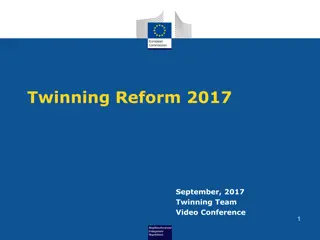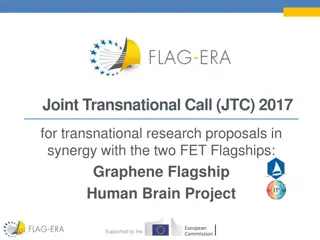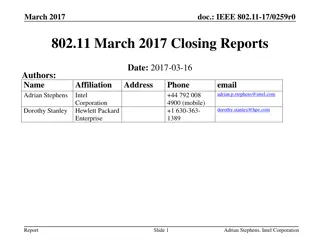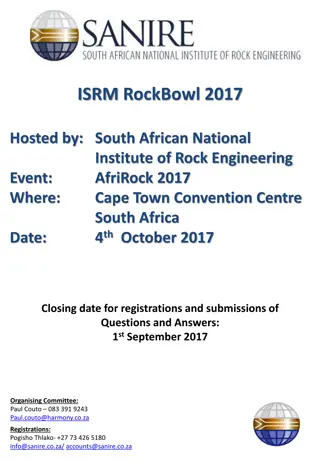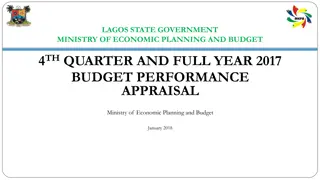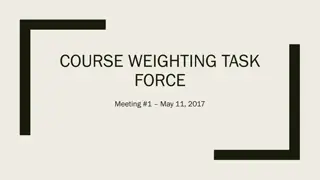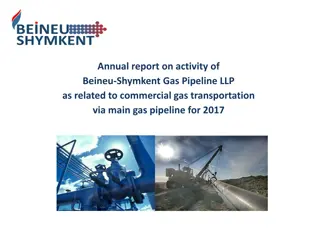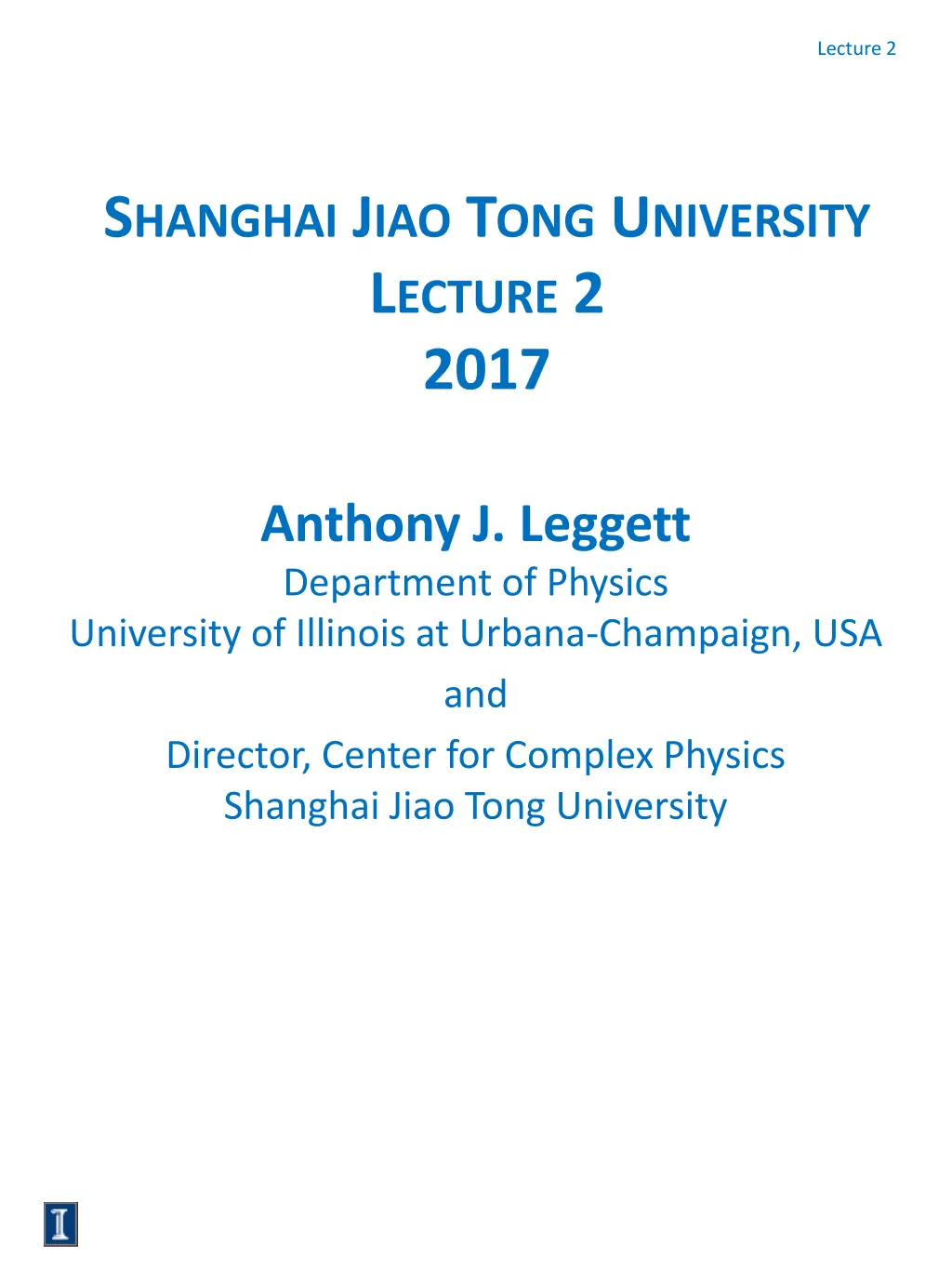
Quantum Mechanics Lecture by Anthony J. Leggett
Explore the insights shared in a lecture on quantum mechanics by Anthony J. Leggett from the University of Illinois at Urbana-Champaign, USA, hosted by Shanghai Jiao Tong University. The lecture delves into topics like the vector potential in classical mechanics, the role of angular momentum in quantum mechanics, and the quantization of angular momentum for a single charged particle on a ring.
Download Presentation

Please find below an Image/Link to download the presentation.
The content on the website is provided AS IS for your information and personal use only. It may not be sold, licensed, or shared on other websites without obtaining consent from the author. If you encounter any issues during the download, it is possible that the publisher has removed the file from their server.
You are allowed to download the files provided on this website for personal or commercial use, subject to the condition that they are used lawfully. All files are the property of their respective owners.
The content on the website is provided AS IS for your information and personal use only. It may not be sold, licensed, or shared on other websites without obtaining consent from the author.
E N D
Presentation Transcript
Lecture 2 SHANGHAI JIAO TONG UNIVERSITY LECTURE 2 2017 Anthony J. Leggett Department of Physics University of Illinois at Urbana-Champaign, USA and Director, Center for Complex Physics Shanghai Jiao Tong University
SJTU 2.1 Reminder: the vector potential ? ?? in classical mechanics The equation of motion of a charged particle in an electric field ? and magnetic field ?: ??? ??= ? ? + v ? +?non em How to find ? ?,? s.t. ?? ??=?? ?? ??= ?? ??, ? ?? Solution: define ? ?,? s.t. ? ?,? = ?? ?? , ? ?,? = ? ? ?? ?? (hence? ? = ?B/?t) and put Faraday 2/2? ? ?,? = ? ?? ?? +???? ?? This works! [Recall: ??(??) ?? note: ? ?? =?? ?? ? ? ? ?= ?????? ? ? ??] + ? ??, ?? ??=?? ??=1 ? ?? ?? ?/? ? so ? ?,? =1 2??2= kinetic energy (only)! (but expressed in terms of p and A A).
SJTU 2.2 Quantum mechanics: ? ? ? so ?? is ??= ? ? ???/2? and so, including possible V??? ?? V ? , 1 2+ V ? ? = ? ? ?? ?? 2? In CM (classical mechanics), all effects obtainable from ?(??) are equally derivable only from ?(??) and?(??) vector potential redundant. In QM (quantum mechanics) this is not true: ?(??)has a life of its own !
SJTU 2.3 Single charged particle on thin ring If field ? through ring is uniform, can take ? ?? ? ,?? 1 ? 2?? .? then flux through ring is . ? ??2? ??= /2?? ? TISE for ? ? ? is 1 2? ? = ?? ? ?? ? ? ? ?? ? 2? only nonzero component of ? is ??=1 ? ? ?? and only component of ? is ??, so 2 2 ?? ? ? 2??2 ? ??? ? ? = ?? ? ?? /? or putting ??= /2?? and defining ? (single-particle) flux quantum 2 2 ? ?? 2??2 ? ?? / ? ? ? = ?? ? = ?? (angular momentum in units of ) Formal solution is 2 ??2 ? ? = exp??? , (? arbitrary), ? = 2??2? / ?
SJTU 2.4 However, crucial point: ? ? must be single-valued, i.e. ? ? + 2?? = ? ? (SVBC) single-valuedness boundary condition Hence, only allowed values of ? are integers = 0, 1, 2 (i.e. angular momentum ?? is quantized in units of ) Thus, ? ? = exp? ? , = 0, 1, 2 , 2 ?? 2 ? = 2??2 / ? ? ?/? ?? ? = / ? ??/2 , For < ? GS has = 0 ?? ??/? = /?= 0 However, recall: ? = ? ?? /? ??= ???/? ?? ?v?= ?2/? ?? 0 in general, in sense to produce magnetic field opposite to ? GS is diamagnetic, ??= ?2/? ?? 0
SJTU 2.5 Single charged particle on ring: two notes 1. What is the situation in classical mechanics? We can still formally introduce ??/ and write 2 2??2 / ? ??2 ? = but now there is no restriction on (SVBC is meaningless since no wave function!) so now GS always corresponds to = / ? equivalent to ??= 0 (no diamagnetism). ?? ?? ? ?? ??, However, consider time-dependent problem: since motion is restricted to ring, Lorenz force ? ? is irrelevant and we have by Newton II ??? ??= ? ? = ?? ?? or ??v? = ??? ?? ??
SJTU 2.6 ?? If at t = 0 v?= 0, solution is simply ?? ?? ?? ?? v?? = ?/? ??? ? and in particular for ? = ?? v?= ?/? ?? j?= as in Quantum Mechanics case. However, this is not the lowest-energy state, so scattering by walls, etc. will reduce j? to zero. ?2? ?? 2. Aharonov-Bohm effect note induced diamagnetic current depends only on total trapped flux , not on details of how it is produced. Hence in particular can get nonzero effect even when ? = 0 everywhere on ring! (e.g. ? produced by Helmholtz coil ) ? = 0 ? 0
SJTU 2.7 Atomic diamagnetism To the extent that argument applies, velocity of electrons at radius r given by ? ? = ?? ?)/? but electric current density j ? = ? ? ?? ? , hence ? ? = ? ? ?2 ? ? ? Circulating current produces magnetic field ?? opposite to original one. Estimate order of magnitude: take ?~????, ?~??? 2? 2??2?/?~ ??2/?????~ ??2/? ?, ~??? ??2?? ???? ?~??? ~ ?: ??? ??2??/????~10 6, so effect very small.
SJTU 2.8 Superconductors: London phenomenology Basic postulate: as in atomic diamagnetism, ? ? = ??2 ? ? ? Combine with Maxwell s equation 1 ?? 1 ?? ? ? ? = 1 ?2? ? = ? ? ? ? = ?? (div ? = 0) gives ?2? = +??2 ???? or taking curl. ?2? =??2?? ?? ? ?? ? London penetration depth Hence, both in atomic diamagnets and in superconductors, (n(?), hence ??, comparable in two cases) ?~??exp z/?? Qualitative difference: in both cases ??~10 5cm, but: in atomic diamagnets, ?? atomic size effect very small in superconductors, ?? size of sample effect spectacular: magnetic field totally excluded from bulk (Meissner effect)
SJTU 2.9 Problems with London phenomenology A. Meissner effect is thermodynamically stable phenomenon, circulating supercurrents on metastable. Hence London argument does not explain stability of supercurrents! ( : beware misleading statements in literature) B. No explanation of vanishing Peltier coefficient. C. Why do not all metals show Meissner effect? Let s turn question C around: when does Meissner effect not occur? 1. Classical systems: no restriction on v? statistical mechanics ? ?? exp1 symmetry ? = 0 no circulating current no diamagnetism (Bohr-van Leeuwen theorem) ?? ??? ?, and by Maxwellian 2/??, hence from 2???
SJTU 2.10 2. Quantum Mechanics, but noninteracting particles obeying classical statistics: now ? (or angular momentum ? ) is quantized = 2, 1,0,1,2 ?? 2 2/2??2 ? ? = , ?? /? and energy / ? so ?? 2 2/2??2??? ?? ? exp / ? ? Crucial point: under normal circumstances ??? 2/2??2, so can effectively replace discrete values of by continuum back to classical mechanics.* 3. So, will only get Meissner effect if for some reason all or most particles forced to be in same state. Then the probability of angular momentum for this state is 2 2/2m?2??? ? exp ?? / ? Number of particles in same state and provided ???, though 2/2??2, is ? 2/2??2, can get results similar to atomic diamagnetism. Does this ever happen? Yes, e.g. for noninteracting gas of bosons! *Doesn t work for atomic diamagnetism because 2/2??2 is ~??, hence ???. Electron volts
SJTU 2.11 Summary of lecture 2: (1) In presence of electromagnetic vector potential ? ? , Hamiltonian for single particle of charge ? is 2 ? ? 2? ??(?) ? = ? + ?(?) (2) For single particle on ring, in flux <1 ground state to ??= ?2/? ?? xxxxxxxxxxxxxxxxxxxxxxxxxxxxxxxxx (3) For a closed-shell atom, similar argument leads to 2 /?, this leads in ? ? = ? ? ?2? ? (diamagnetism) (*) ? (4) London phenomenology: assume (*) also describes superconductor Meissner effect (5) Difficulty: doesn t work for classical systems (Bohr van Leeuwen theorem) nor (for ?? 2/??2) for quantum systems obeying Maxwell-Boltzmann statistics (6) Difficulty can be overcome if for some reason all particles forced to behave in same way.


